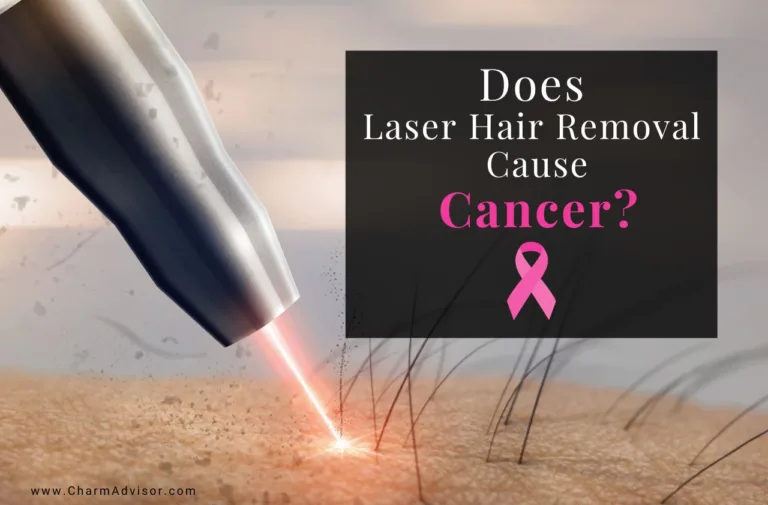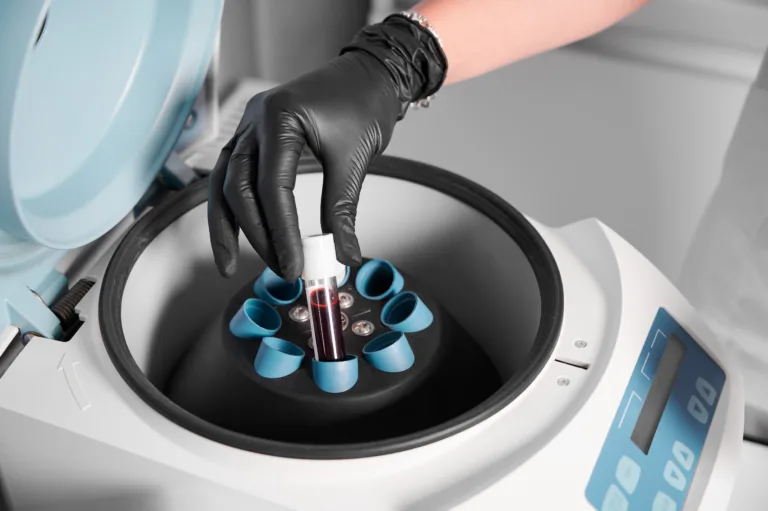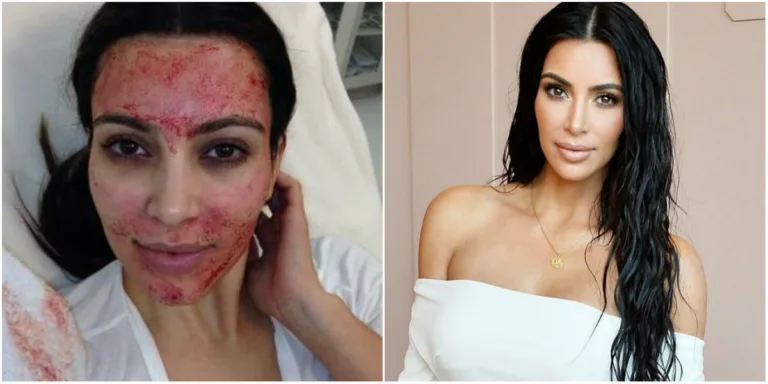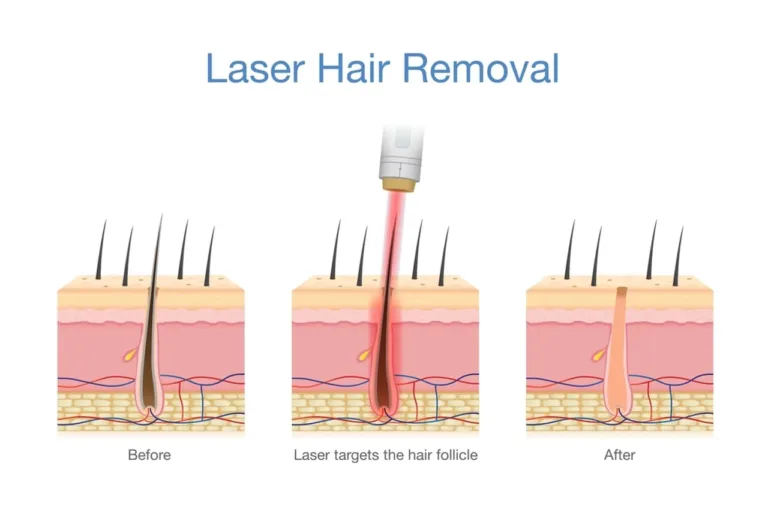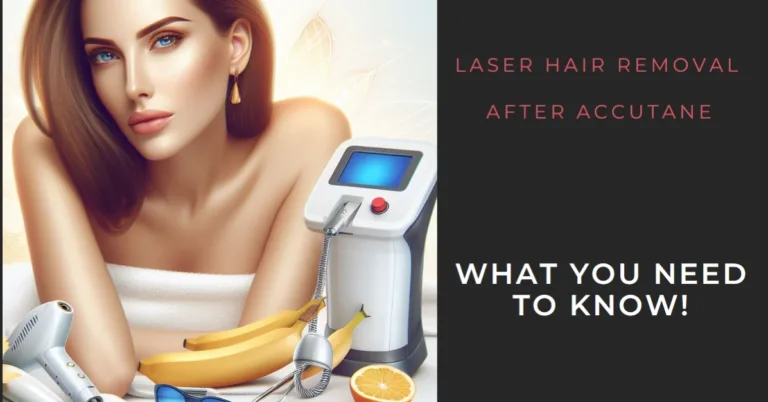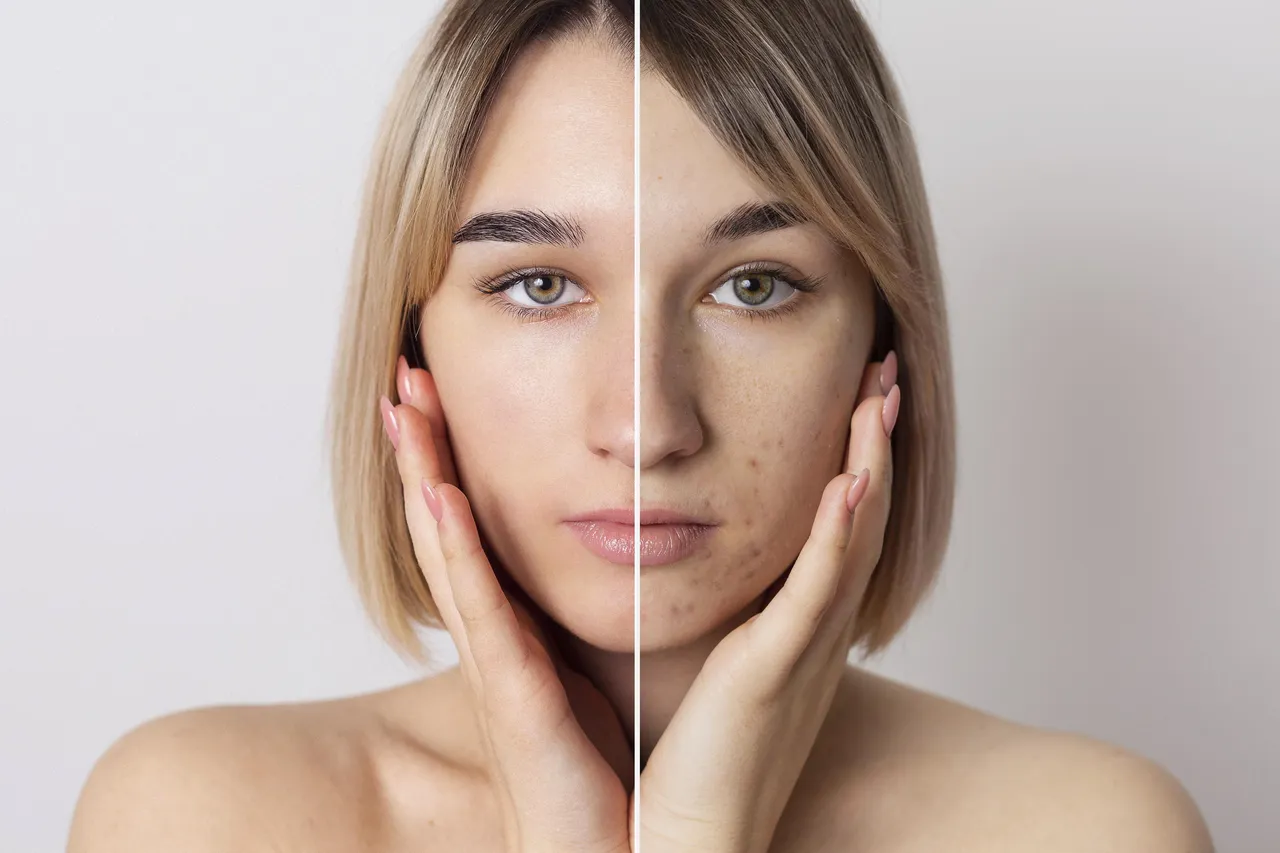
Table of Contents
Introduction:
In the pursuit of youthful and radiant skin, numerous cosmetic procedures have emerged over the years. One such procedure that has gained attention is Platelet-Rich Plasma – PRP for face. This innovative treatment, often referred to as the “vampire facial,” has captivated the beauty world with its potential to rejuvenate and revitalize the skin. In this comprehensive guide, we will explore the power of PRP for face, understanding how it works, its benefits, the procedure itself, scientific evidence, potential risks, patient experiences, and more. Join us on this journey to unlock the secrets of ageless beauty!
How PRP Works for Facial Rejuvenation
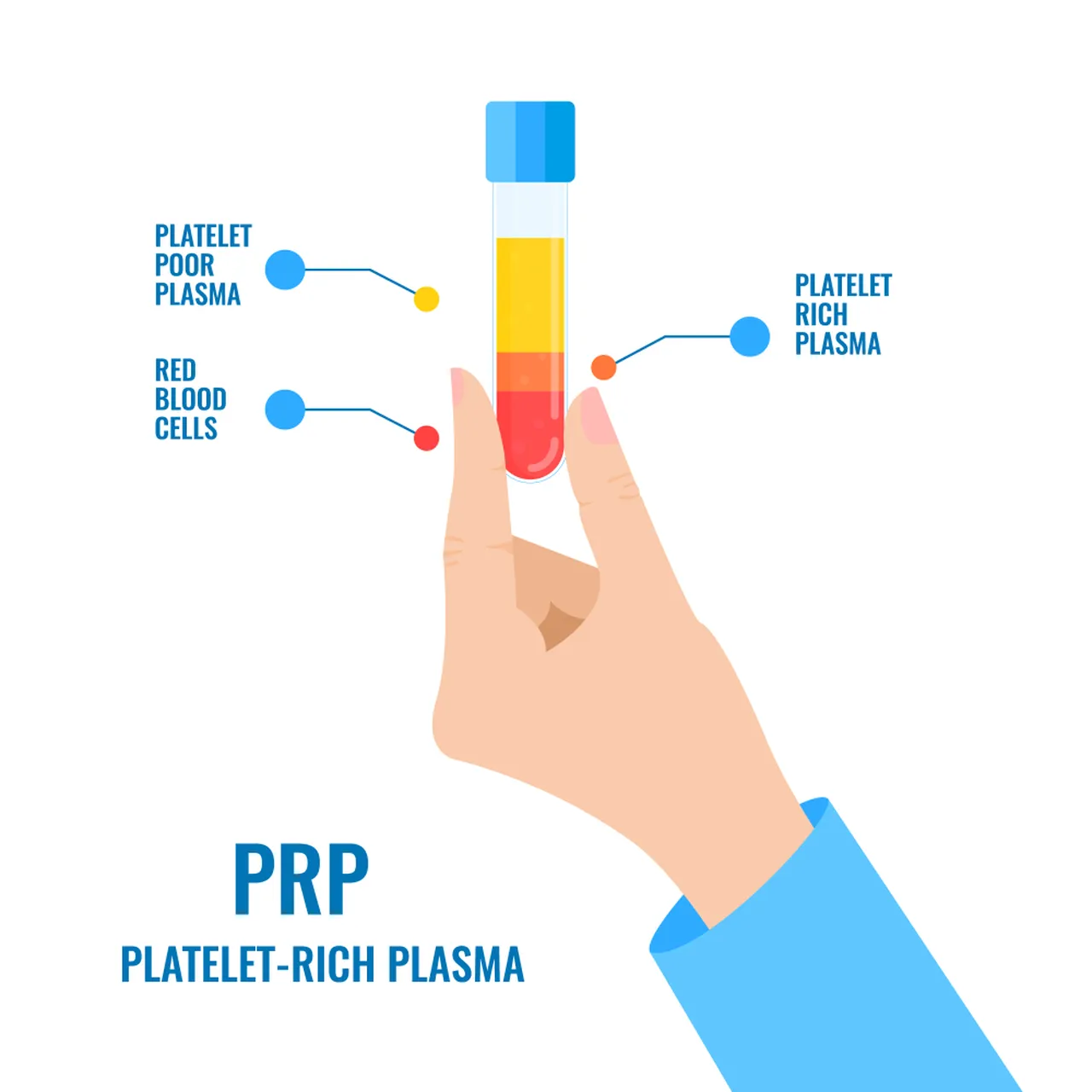
Platelet-Rich Plasma (PRP) therapy for facial rejuvenation is based on the powerful regenerative properties of platelets found in our blood. To understand how PRP works, it is important to grasp the role of platelets and their impact on the skin’s natural rejuvenation processes.
Harnessing the Power of Platelet-Rich Plasma
PRP is derived from the patient’s own blood, making it an autologous treatment. The procedure begins with a small amount of blood drawn from the patient’s arm. This blood is then processed through a centrifuge, a medical device that separates the platelets from the other components of the blood. The resulting plasma is rich in platelets, growth factors, and other bioactive substances that contribute to tissue repair and regeneration.
The Role of Platelets in Skin Regeneration
Platelets play a crucial role in wound healing and tissue regeneration. When an injury occurs, platelets are one of the first responders to the site. They release various growth factors and signaling molecules that initiate the healing process. These growth factors stimulate cell proliferation, collagen synthesis, and blood vessel formation, which are all essential for restoring damaged tissues. In the context of facial rejuvenation, PRP harnesses this natural healing mechanism to stimulate the regeneration of aging or damaged skin.
Growth Factors and their Impact on Collagen and Elastin Production
One of the key components of PRP is the presence of growth factors. These growth factors, such as platelet-derived growth factor (PDGF), transforming growth factor-beta (TGF-β), and vascular endothelial growth factor (VEGF), are responsible for signaling and stimulating cellular activities. In the case of facial rejuvenation, these growth factors promote the production of collagen and elastin, two crucial proteins that provide structural support and elasticity to the skin.
Collagen is responsible for maintaining the skin’s firmness and smoothness, while elastin allows the skin to stretch and recoil. With age, the natural production of collagen and elastin decreases, leading to the appearance of wrinkles, sagging skin, and loss of elasticity. PRP therapy aims to reverse these signs of aging by stimulating the production of collagen and elastin, resulting in smoother, firmer, and more youthful-looking skin.
Activation of Stem Cells for Tissue Repair and Rejuvenation
In addition to growth factors, PRP also contains bioactive substances that activate the resident stem cells within the skin. Stem cells have the unique ability to differentiate into various cell types, including fibroblasts, which are responsible for collagen synthesis. By activating these stem cells, PRP promotes the generation of new skin cells, enhances tissue repair, and aids in the rejuvenation process.
Furthermore, the activation of stem cells by PRP can also improve the overall skin texture and tone, minimize the appearance of scars and blemishes, and restore a more youthful complexion. The combination of growth factors, bioactive substances, and stem cell activation makes PRP a potent tool in the realm of facial rejuvenation.
By understanding the mechanisms by which PRP works for facial rejuvenation, we can appreciate its potential to revitalize the skin, improve texture and tone, and reduce the signs of aging. However, it is essential to note that individual results may vary, and the effectiveness of PRP treatment depends on various factors, including the patient’s skin condition, age, overall health, and the expertise of the administering dermatologist. Consulting with a qualified professional is crucial to determine if PRP therapy is the right option for achieving your desired facial rejuvenation goals.
The PRP Procedure for Facial Rejuvenation
The PRP procedure for facial rejuvenation involves several steps that ensure the safe and effective administration of platelet-rich plasma. Understanding the process can help individuals considering this treatment make an informed decision.
Initial Consultation and Evaluation
Before undergoing the PRP procedure, it is essential to schedule an initial consultation with a board-certified dermatologist who specializes in facial rejuvenation. During this consultation, the dermatologist will evaluate the patient’s skin condition, discuss their goals and expectations, and determine whether PRP therapy is suitable for their specific needs.
Blood Draw and PRP Preparation
Once the patient is deemed a suitable candidate for PRP therapy, the procedure begins with a blood draw. A small amount of blood, typically around 2 to 4 tablespoons, is taken from the patient’s arm. The blood is then placed in a specialized tube and processed using a centrifuge. The centrifuge spins the blood at a high speed, separating it into its various components. This process allows the isolation of the platelet-rich plasma from the rest of the blood.
Numbing and Preparation of the Treatment Area
Before the PRP is administered, the treatment area is prepared. This involves cleansing the skin thoroughly to remove any dirt, oil, or makeup. In some cases, a topical numbing cream may be applied to ensure the patient’s comfort during the procedure, especially if microneedling is part of the treatment.
PRP Injection or Microneedling
There are two primary methods for delivering PRP during facial rejuvenation: injection and microneedling. The dermatologist will determine the most suitable approach based on the patient’s specific needs and desired outcomes.
a) PRP Injection
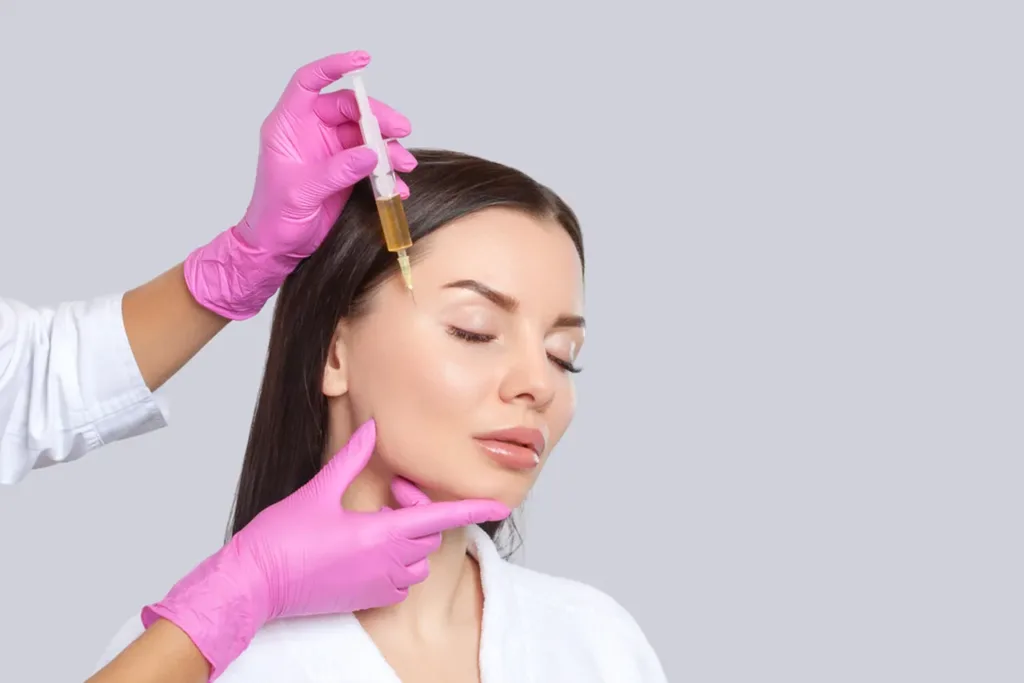
With this method, the dermatologist uses a syringe to inject the platelet-rich plasma directly into specific areas of the face. The injections are strategically placed to target areas of concern, such as wrinkles, fine lines, or areas with volume loss. In some cases, the dermatologist may combine PRP with dermal fillers to achieve immediate volume restoration and enhanced results.
b) Microneedling with PRP:
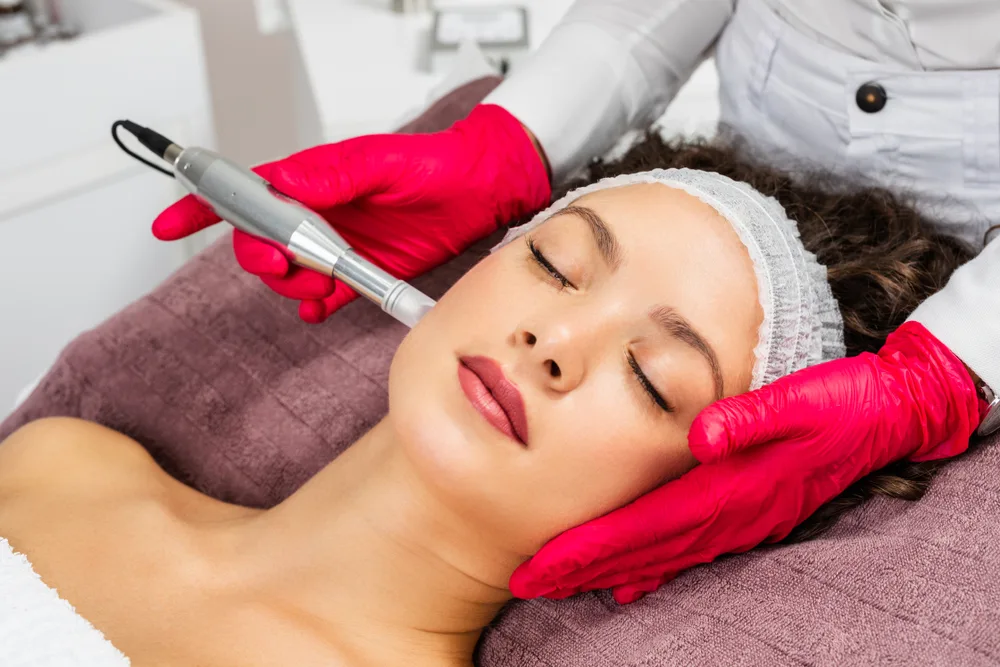
Microneedling involves using a device with tiny needles to create controlled micro-injuries on the skin’s surface. This process stimulates the skin’s natural healing response and enhances the absorption of topically applied substances. In the case of PRP therapy, the platelet-rich plasma is applied to the skin during or immediately after the microneedling procedure. This allows the growth factors and bioactive substances in PRP to penetrate deeply into the skin, promoting collagen synthesis and rejuvenation.
Post-Treatment Care and Recovery
After the PRP procedure, it is important to follow the dermatologist’s instructions for post-treatment care. This typically includes avoiding excessive sun exposure, wearing sunscreen, and refraining from using harsh skincare products or undergoing other facial treatments for a certain period. It is normal to experience some redness, swelling, or mild bruising at the injection sites, but these symptoms usually subside within a few days.
Treatment Schedule and Maintenance
The frequency and number of PRP treatments required for optimal results vary depending on individual factors such as skin condition and desired outcomes. In most cases, a series of treatments is recommended, typically spaced a few weeks apart. This allows for gradual improvement and ensures the longevity of the results. After the initial series of treatments, maintenance sessions may be advised to sustain the rejuvenating effects of PRP over time.
It is crucial to note that the PRP procedure for facial rejuvenation should only be performed by a qualified and experienced dermatologist or healthcare professional. Choosing a reputable and trusted provider ensures that the procedure is carried out safely and effectively, maximizing the potential
Efficacy and Scientific Evidence
The efficacy of PRP for facial rejuvenation has been a topic of interest among researchers and dermatologists. While there is anecdotal evidence and positive patient testimonials supporting its effectiveness, it is important to examine the scientific evidence available.
Several studies have investigated the use of PRP for facial rejuvenation and have shown promising results. For example, a study published in the Journal of the American Academy of Dermatology found that PRP combined with hyaluronic acid resulted in significant improvements in skin texture, wrinkles, and overall facial appearance. Another study published in Rejuvenation Research demonstrated the efficacy of PRP combined with fractional CO2 laser therapy for facial rejuvenation, showing improvements in skin elasticity, wrinkles, and pigmentation.
Although the existing scientific evidence suggests the potential benefits of PRP for facial rejuvenation, it is essential to recognize the limitations. The studies conducted so far have been relatively small in scale, and more research is needed to establish the optimal protocols, treatment intervals, and long-term effects. Additionally, individual responses to PRP can vary, and results may depend on factors such as age, skin condition, and overall health.
Potential Risks and Side Effects
Like any medical procedure, PRP for facial rejuvenation carries some potential risks and side effects. It is crucial to be aware of these before considering the treatment.
- Pain, Bruising, and Swelling: After the PRP procedure, patients may experience temporary discomfort, mild pain, bruising, and swelling at the injection sites. These symptoms are generally mild and resolve within a few days.
- Infection: One of the significant risks associated with PRP treatment is the possibility of infection. It is essential to ensure that the blood drawn and processed for PRP therapy is handled in a sterile manner. By adhering to strict sterile protocols, the risk of infection can be minimized.
- Allergic Reactions: Although rare, some individuals may experience allergic reactions to the components present in PRP, such as anticoagulants or additives used during the preparation process. It is important to discuss any known allergies or sensitivities with the dermatologist before undergoing the procedure.
- Unsatisfactory Results: While many patients report positive outcomes with PRP for facial rejuvenation, it is crucial to understand that individual responses may vary. Some individuals may not achieve the desired results or may require multiple treatment sessions to achieve the desired outcome. It is important to have realistic expectations and discuss them with the dermatologist during the initial consultation.
- Other Potential Risks: As PRP for facial rejuvenation is a relatively new treatment, there are still uncertainties regarding potential long-term side effects. Further research is needed to establish the safety profile of PRP and identify any potential complications that may arise with prolonged use.
To mitigate these risks, it is crucial to choose a board-certified dermatologist or qualified healthcare professional who has extensive experience in performing PRP procedures. They will adhere to strict safety protocols, follow proper sterilization procedures, and provide comprehensive post-treatment care instructions.
It is important to have a thorough discussion with the dermatologist before proceeding with PRP for facial rejuvenation. They will evaluate your medical history, discuss potential risks, and address any concerns you may have. This ensures that you make an informed decision and have realistic expectations regarding the efficacy and potential risks associated with the procedure.
Patient Experiences and Testimonials
When considering any cosmetic procedure, including PRP (platelet-rich plasma) for facial rejuvenation, hearing about the experiences and testimonials of other patients can provide valuable insights and help individuals make informed decisions. Patient experiences can offer a glimpse into the real-world results and satisfaction levels associated with PRP treatments.
Across various online forums and social media platforms, individuals who have undergone PRP for facial rejuvenation share their personal experiences and outcomes. These firsthand accounts shed light on the benefits, challenges, and overall satisfaction levels of PRP procedures.
Many patients report positive experiences with PRP, noting visible improvements in their skin texture, reduction of fine lines and wrinkles, and enhanced overall facial appearance. They often mention a rejuvenated and refreshed look, with a more youthful glow. Patients appreciate the non-invasive nature of the procedure, minimal downtime, and the use of their body’s natural healing mechanisms to achieve the desired results.
Some individuals also highlight the gradual and progressive nature of the outcomes. While immediate improvements can be noticed, the full benefits of PRP may develop over time as collagen production increases and skin rejuvenation takes place. This gradual transformation often leads to natural-looking results that blend seamlessly with the individual’s existing features.
It is important to note that individual experiences with PRP can vary. Factors such as the patient’s age, skin condition, overall health, and adherence to post-treatment care can influence the outcomes. Additionally, realistic expectations and open communication with the dermatologist or healthcare professional are crucial for a positive experience.
Reading patient testimonials can provide reassurance and help individuals understand the potential benefits and limitations of PRP for facial rejuvenation. However, it is important to approach these testimonials with discernment and consider them alongside scientific evidence and expert guidance. Every person’s skin is unique, and what works for one individual may not yield the same results for another.
Before deciding to undergo PRP treatment, it is recommended to consult with a qualified dermatologist or healthcare professional. They can assess your specific needs, evaluate your skin condition, and provide personalized recommendations based on their expertise and experience. By combining the insights from patient experiences with professional guidance, you can make an informed decision about incorporating PRP into your facial rejuvenation journey.
Ultimately, patient experiences and testimonials offer a valuable perspective on the real-world impact of PRP for facial rejuvenation, helping individuals gain confidence and understanding as they embark on their own transformative journey towards youthful and radiant skin.
Conclusion: Unveiling the Beauty Potential of PRP
Throughout this comprehensive exploration of PRP (platelet-rich plasma) for facial rejuvenation, we have delved into the science behind the procedure, the PRP process itself, efficacy and scientific evidence, potential risks and side effects, and patient experiences. The insights gathered highlight the potential of PRP as a powerful tool in unlocking ageless beauty.
PRP for facial rejuvenation offers a promising solution for those seeking to address signs of aging, improve skin texture, and restore a youthful appearance. By harnessing the regenerative power of platelets found in our own blood, PRP stimulates collagen production, enhances tissue repair, and promotes overall skin rejuvenation. The procedure is minimally invasive, utilizing the patient’s own natural resources, and has shown promising results in reducing wrinkles, plumping sagging skin, improving complexion, and diminishing acne scars.
While scientific evidence supporting the efficacy of PRP continues to evolve, early studies and patient testimonials suggest positive outcomes. Patients often report noticeable improvements in their skin’s texture, firmness, and overall appearance. However, it is important to note that individual results may vary, and realistic expectations should be set.
Like any medical procedure, PRP for facial rejuvenation carries potential risks and side effects. These can include temporary bruising, swelling, and discomfort at the injection site. However, when performed by a qualified and experienced dermatologist or healthcare professional, the procedure is generally safe. It is crucial to choose a reputable practitioner who follows strict sterilization protocols and maintains a thorough understanding of the technique.
Before considering PRP treatment, it is advisable to consult with a qualified healthcare professional who specializes in cosmetic dermatology. They can evaluate your individual needs, discuss potential benefits and risks, and provide personalized recommendations based on your skin condition and goals.
In conclusion, PRP for facial rejuvenation presents an exciting avenue in the pursuit of ageless beauty. While scientific research continues to shed light on its efficacy and potential, patient experiences and testimonials offer valuable insights into the real-world impact of this procedure. By combining scientific evidence, professional guidance, and patient feedback, individuals can make informed decisions about incorporating PRP into their skincare regimen.
FAQs about PRP for Face
Is PRP for facial rejuvenation painful?
The PRP procedure typically involves minimal discomfort. Prior to the treatment, a topical anesthetic may be applied to numb the treatment area, ensuring a more comfortable experience. Most patients report only mild sensations during the injections, such as a slight pinching or stinging feeling.
How long does it take to see results from PRP treatments?
The results of PRP for facial rejuvenation can vary from person to person. While some individuals may notice improvements shortly after the treatment, the full benefits often become more apparent over time. It may take several weeks to months for the collagen-stimulating effects of PRP to manifest, leading to gradual skin rejuvenation.
How many PRP treatments are typically required for optimal results?
The number of PRP treatments needed can vary depending on various factors, including the individual’s skin condition and desired outcomes. In many cases, a series of three or more treatments spaced several weeks apart is recommended to achieve optimal results. Your dermatologist or healthcare professional will guide you on the appropriate treatment plan based on your specific needs.
Are the results of PRP treatments long-lasting?
The duration of results can vary among individuals. On average, the effects of PRP for facial rejuvenation can last up to 18 months. However, maintenance treatments may be recommended to prolong the benefits and ensure ongoing skin health.
Are there any contraindications for PRP treatments?
PRP for facial rejuvenation is generally considered safe for most individuals. However, it may not be suitable for those with certain medical conditions, such as hepatitis C, HIV or AIDS, blood cancers, cardiovascular disease requiring blood thinners, or active skin cancer in the treatment area. A thorough consultation with a qualified healthcare professional is necessary to determine if PRP is appropriate for you.
Is PRP covered by insurance?
PRP for facial rejuvenation is typically considered a cosmetic procedure and is not covered by medical insurance. The cost of each treatment session can vary depending on factors such as the geographic location, the expertise of the provider, and additional treatments or techniques used alongside PRP.
Remember, it is essential to consult with a qualified dermatologist or healthcare professional to address any specific concerns or questions you may have regarding PRP for facial rejuvenation. They can provide personalized advice and help you determine if this procedure is suitable for your individual needs, ultimately guiding you towards achieving your desired youthful and radiant skin.
References
What Is a Platelet-Rich Plasma (PRP) Facial? (webmd.com)
Preparation and Utility of Platelet-Rich Plasma (PRP) for Facial Aging: A Comprehensive Review | SpringerLink
Microneedling with PRP: Benefits, Side Effects, Recovery & More (healthline.com)
What Are PRP Injections and How Much Do They Cost? | RealSelf
Is platelet-rich plasma the secret to younger-looking skin? (aad.org)


